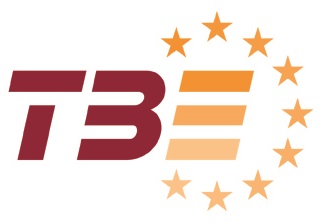On 26 October the Environment Council held a first exchange of views on EU ETS Directive revision for the post-2020 period. All Member States agreed that EU ETS and its reforms are the cornerstone of the EU’s climate change policy. In his contribution to the debate, EU Climate Commissioner Cañete underlined that the Commission proposes an evolution rather than a revolution to the scheme. The debate focused around three questions: the degree of reforms, the balance between free allocations to avoid carbon leakage and competitiveness of energy-intensive sectors, and low carbon funding mechanisms.
While Member States agreed that it is crucial to maintain measures against the risk of carbon leakage, the debate focused on the distribution key for the shrinking amount of free allowances. Some EU Members called for a more focused approach to the carbon leakage list, advocating for tiered evidence-based methodology. France, UK, Slovakia and Czech Republic published a non-paper on this aspect. Denmark, Belgium and the Netherlands also spoke in favour of targeting mitigation to sectors at genuine risk of carbon leakage. The Visegrad group – Czech Republic, Hungary, Poland, Slovakia – plus Bulgaria and Romania expressed an openness to “discuss the introduction of more allocation categories”. If adopted, this approach to introduce differentiation between the industries at risk of carbon leakage would ultimately mean reduced carbon leakage protection for many energy-intensive sectors (e.g. ceramics, paper, glass, cement, chemicals, refineries, etc.) to the advantage of few.
The negotiations in the European Council, Parliament and Commission are expected to take at least a year or even two. The directive will be adopted with the ordinary legislative procedure (formerly known as “co-decision”).
